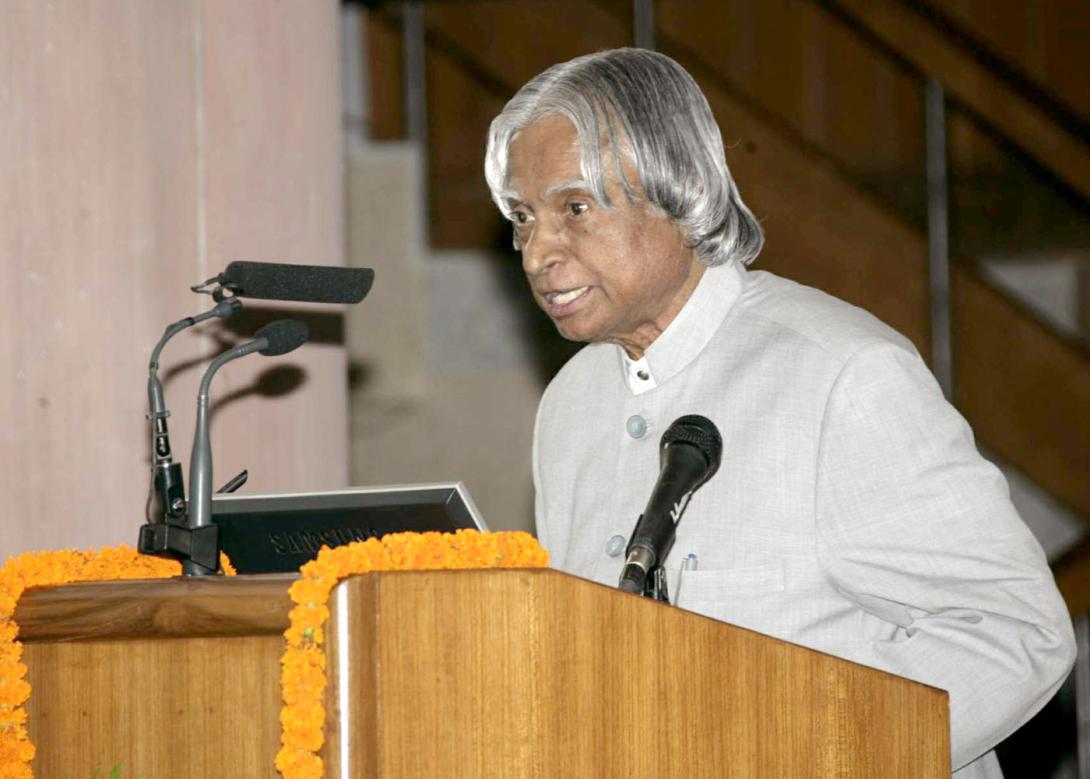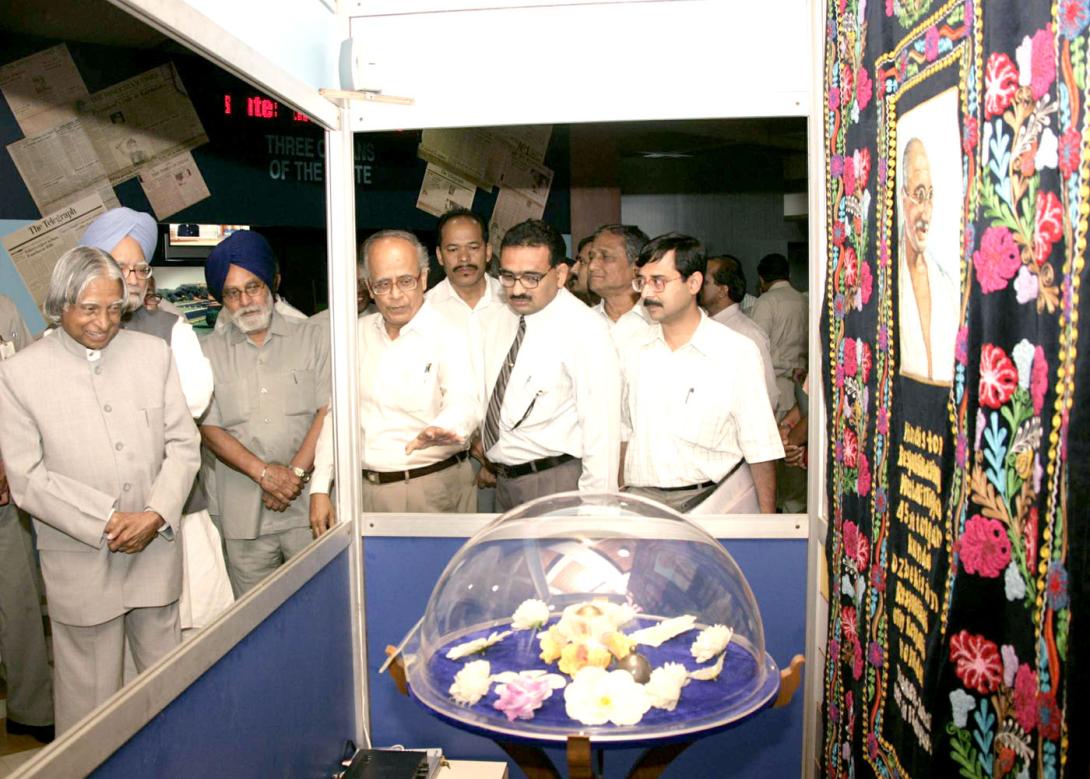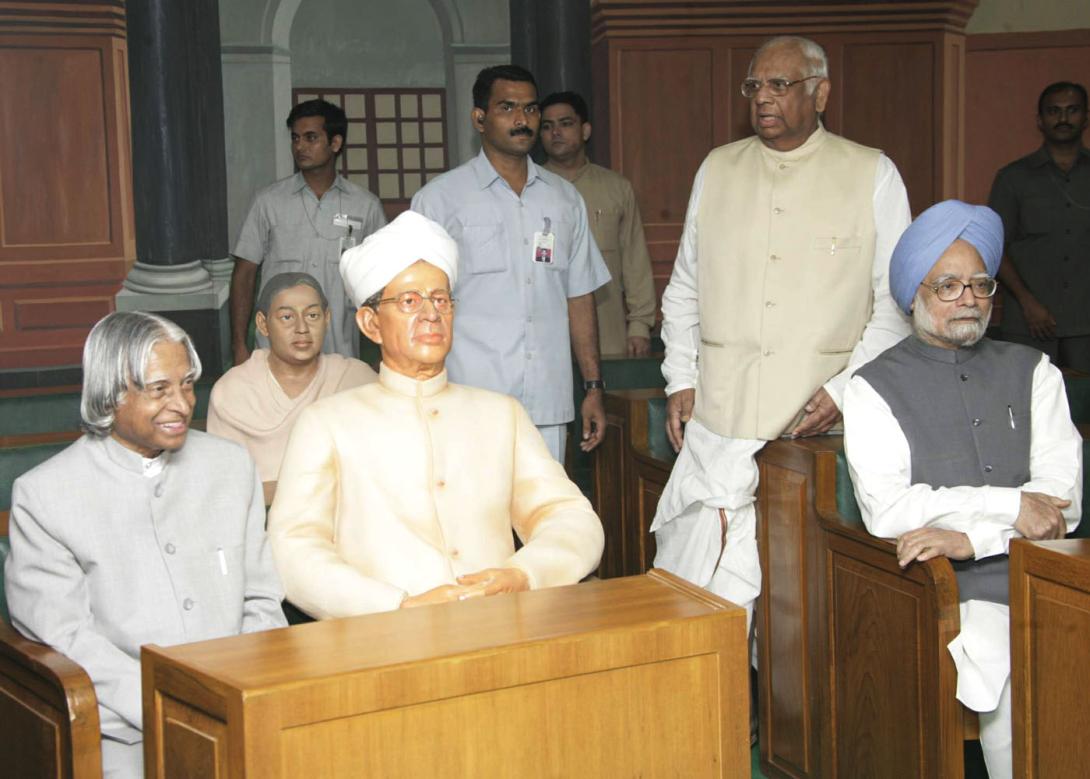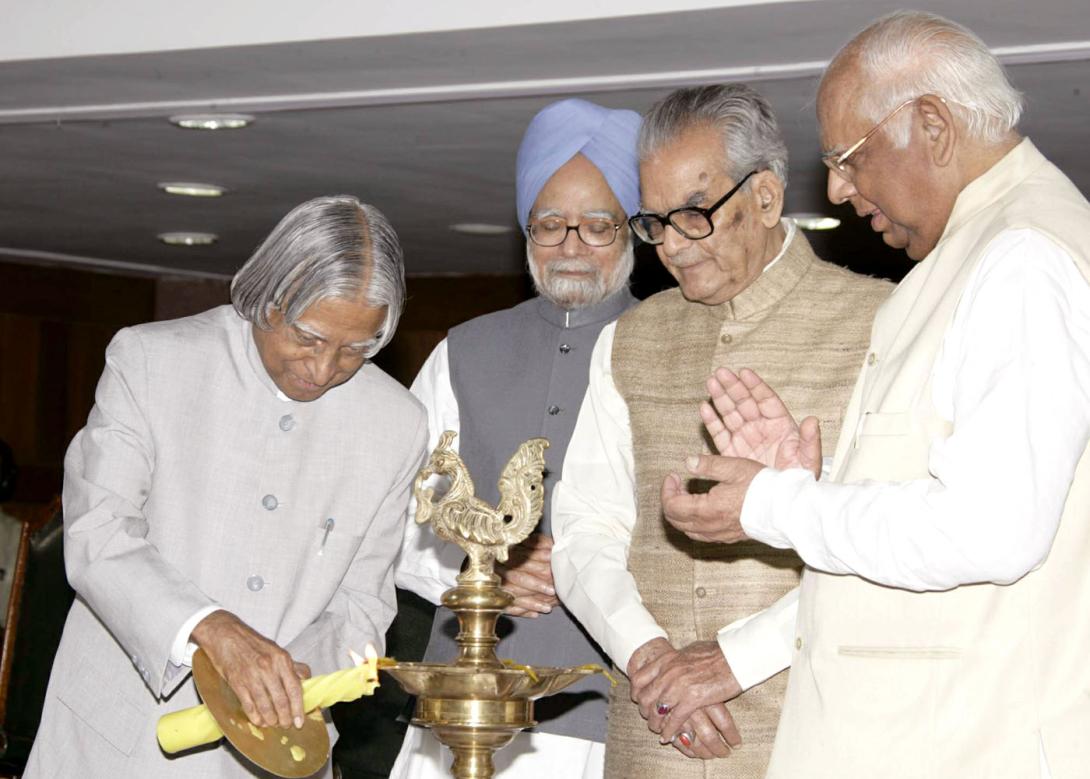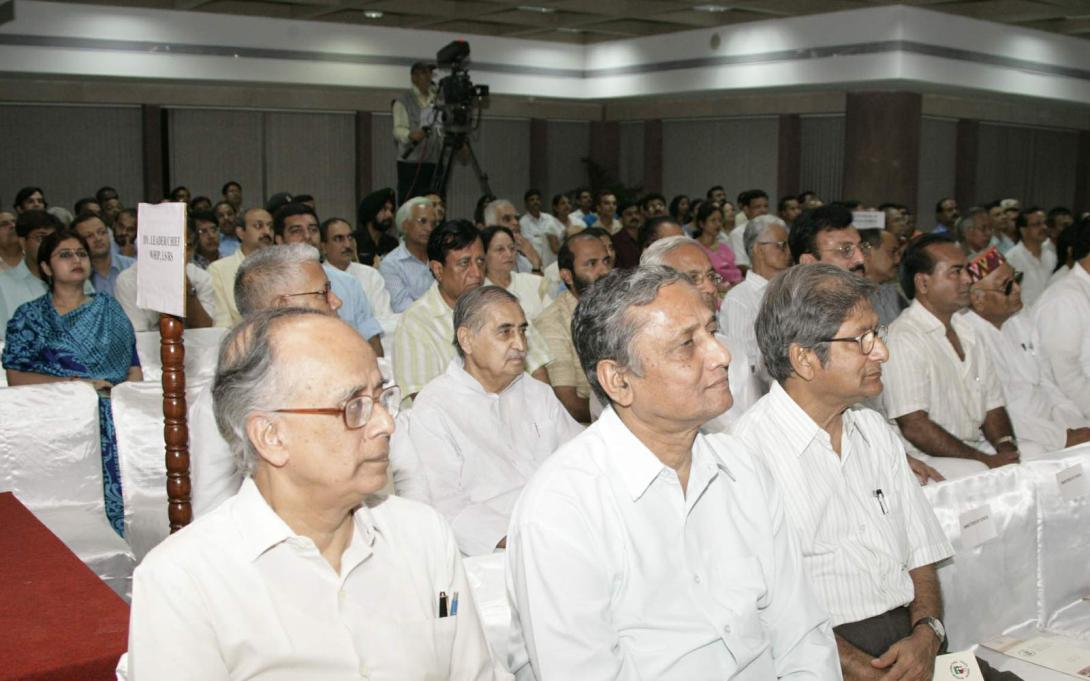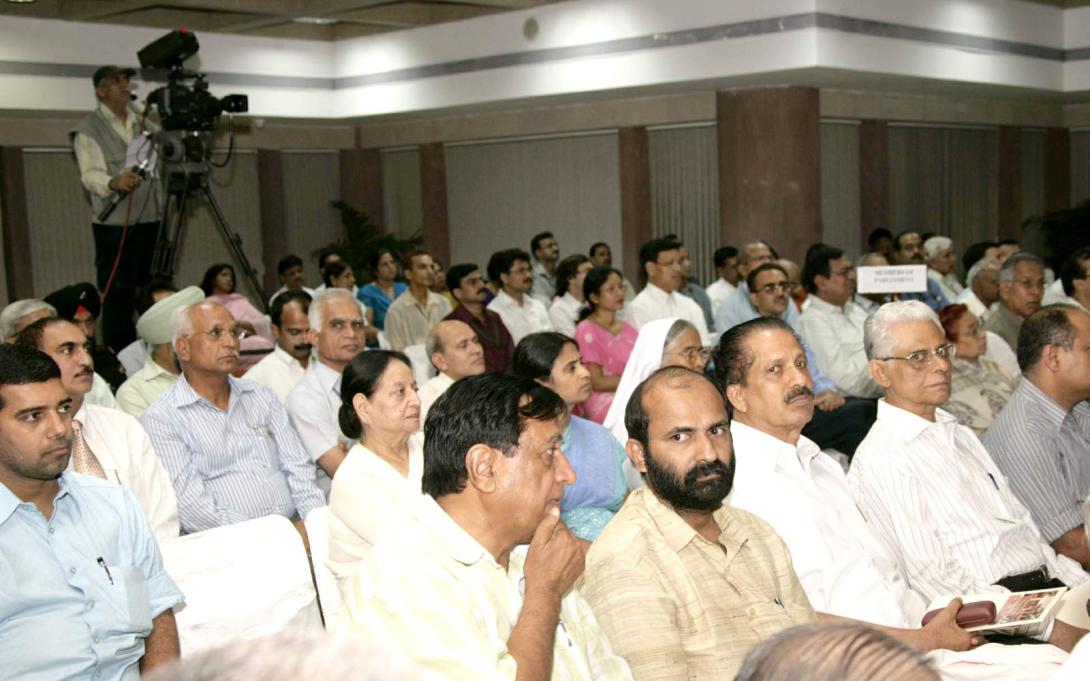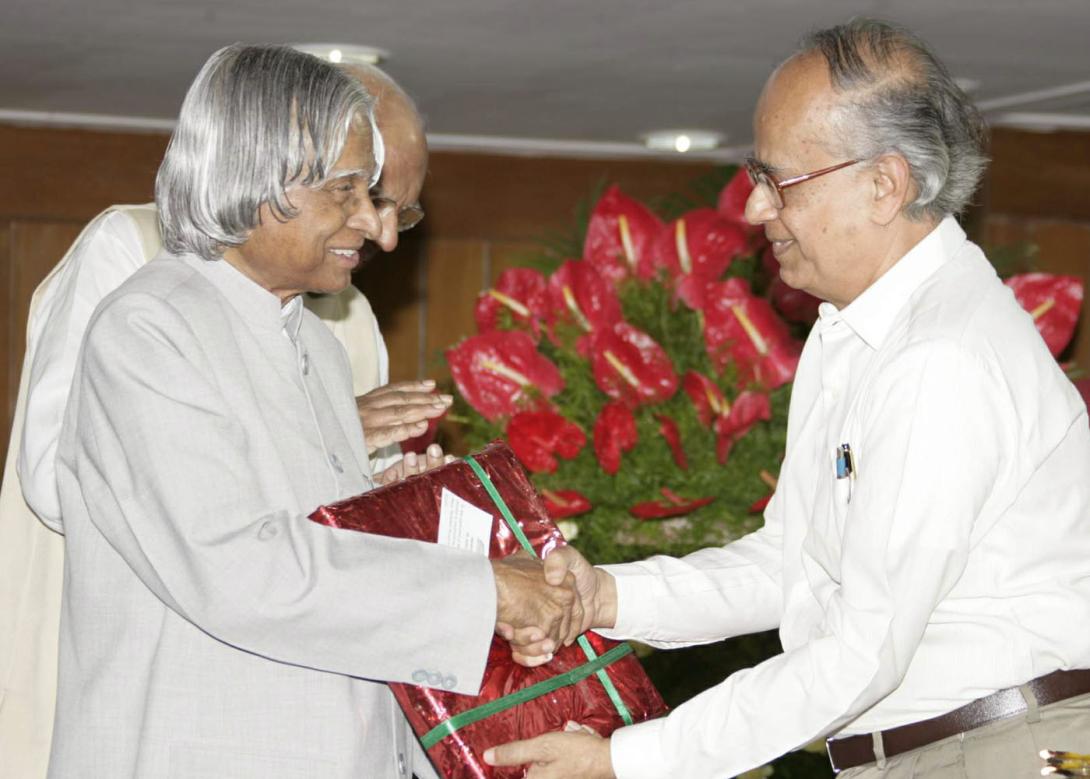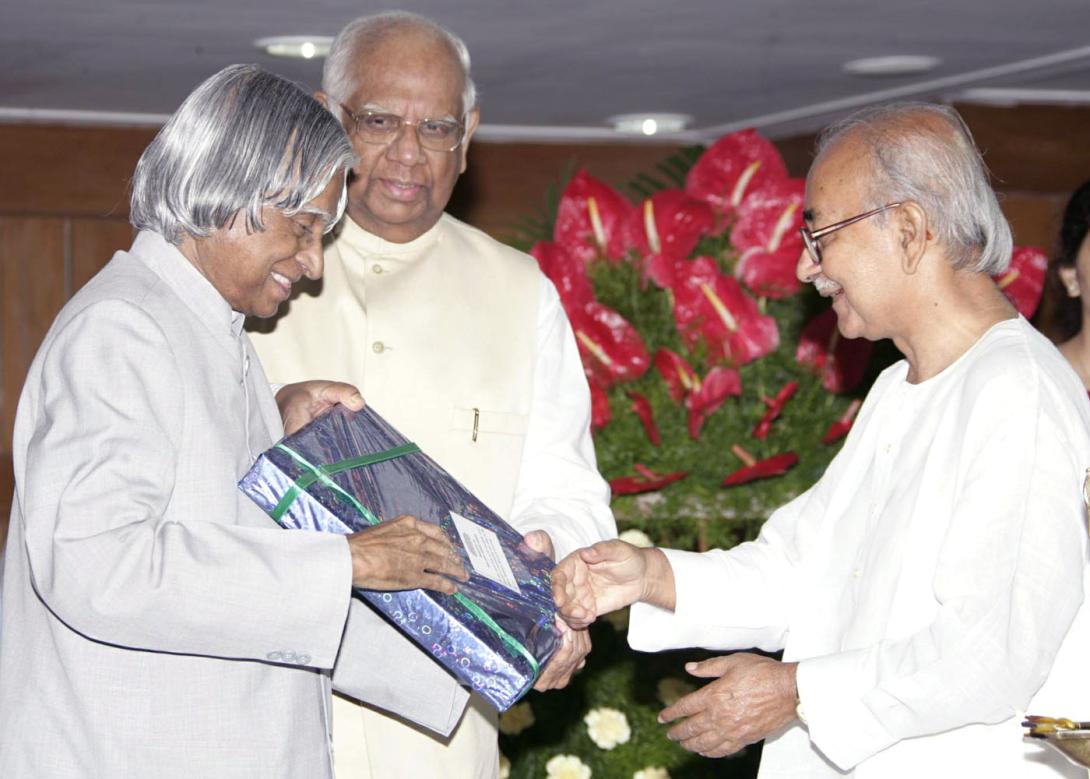Address at the Inauguration of Parliament Museum in Parliament Library Building, New Delhi
New Delhi : 14-08-2006
Birth of Largest Democracy in the Planet
I am delighted to participate in the inauguration of high-tech Parliament Museum depicting the continuum of democratic heritage in India. My greetings to the Honourable Speaker, Honourable Chairman of the Rajya Sabha, Honourable Prime Minister, Honourable Members of Lok Sabha and Rajya Sabha, distinguished guests and participants.
II. Attributes of the Museum
Subsequent to my two-member team study, I went around the Museum, and saw its unique features for the first time, I could immediately see how Dr. Saroj's vision, sensitivity, grasp of history, breadth of concept and design, depth of understanding of both simple and complex technologies related to museum development; his dedication and total commitment to the task, has transformed a part of our Parliament complex into this beautiful institution for culture and learning. Any great creation comes out of few stout minds, who love their tasks and the mission. We all owe both to Sri Somnath ji and Dr Saroj Ghosh a debt of gratitude. More than us, it is the younger generation today, and perhaps for centuries to come, who will benefit by this valuable contribution dedicated to the history of democratic institutions in India, as it grows and blends into the future. The dynamic museum has to convey some message to the world. Will the message be "Birth of Largest Democracy in the Planet"
III. Focused Theme and Presentation
Many features of this Museum are impressive, and deserve special mention. For me, it was an educative, interesting and interactive experience. Firstly, the perfection and realism of all the FRP models of men, women, and artifacts and natural settings of their times was startling, especially in the model of the last meeting of Constituent Assembly where I sat next to an earlier "President of India, Dr Sarvapalli Radhakrishnan". I was transported into that setting of Parliament and it was a novel experience.
Secondly, the flow of historical events sensed by the designer of the Museum springs into life here, depicting the democratic Assemblies of ancient India, regal succession by election of those days, edicts being carved on rocks and mission to Sri Lanka during the period of Ashoka, people's participation, democratic practices in various periods and so many more displays. The democratic manner of functioning of Buddhist Council, the recreated period setting of Akbar's Court with audio altogether, it was a unique beautiful experience.
Thirdly, the narration of a sound-light-video presentation on wide-curved screen was inspiring. I am sure the people, especially the children, who visit this Museum will find this feature an awesome and electrifying experience. Particularly the flashes of the Quit India movement, the various uprisings against the imperial occupying powers, of Mahatma Gandhi leading the masses into non-violent resistance to tyrannical alien rule, of Subhas Chandra Bose inspecting the Indian National Army, of the now famous Independence Day Address by Jawaharlal Nehru in Parliament "Freedom at Midnight", all of these raised deep emotions as one sees patriots who lost their lives for us in their determined battle to win freedom from alien and totalitarian rule extending back to centuries.
Fourthly, the extensive use of high technologies to create 'virtual reality' and special audio-visual effects are the ultra-modern features of this Parliament Museum. I congratulate the designer and builders for their ingenuity that I am sure will be much appreciated by the public.
IV. India's history and its geography
As we are about to celebrate the 60th Independence Day, it would be useful to look back a little into the history so beautifully depicted in this Museum. India's history is intimately tied to its geography. After the first pre-historic human settlements, complex and sophisticated cultures were established in India for 2500 years. Thereafter, for the next 2300 years, our country was repeatedly invaded and occupied in three waves for about 1325 years across its land borders from Europe, West Asia and Central Asia. Then fourth wave arrived with the British and other European powers, lasting 227 years from across the seas.
The first freedom movement led by Chandragupta Maurya lasted 246 years; the second freedom movement led by Chandragupta II lasted 681 years. The third freedom movement, so beautifully depicted in this Parliament Museum, started only 60 years ago led by Mahatma Gandhi. What is important for us is to note that the Independence we are now celebrating is the result of third freedom movement.
V. Call for Unity and Common Vision for the Future of the Nation
As the elders and leaders of our nation and Society, we have to resolve that we shall work with great unity, and singular determination, with a vision to make our nation not only rich and prosperous, but above all, a safe nation, invulnerable forever to invasion across its borders: on land, sea and air and further into history, to aggression from space.
VI. Conclusion
I would like to make the following suggestions for enriching the vibrancy of this institution.
a. Making this institution people friendly, so that all children below 17 years of age from various parts of the country are able to visit and see the good side of the politics and the democracy.
b. Political science has become an important subject of study in almost all our institutions of higher learning. Hence I suggest that a "Political Vision Research Laboratory" may be established in this parliamentary Institution, where at least ten young scholars will be continuously studying and analyzing the recorded discussions and debates, conceptualize the impact of decisions emerging from Parliament on socio-economic issues for practical application in our political processes.
c. Analyzing the National Development Progress through application of science and technology in the three sectors of the economy namely agriculture, manufacturing and services. This should be related to the Parliamentary proceedings which helps the Members of the Parliament in enacting and updating the appropriate laws. Such an analysis should also relate the progressive decline in the percentage of people below poverty line from the time of Indian Independence and other dimensions of socio-economic progress. This will be called an "Economic Development Progress Laboratory".
d. Creating a pre-induction training programme for all the Members of Parliament, who are joining the parliament for the first time and the Members of the State Legislatures using the results of these two research programmes.
e. Suggesting to all NRIs and the participants of Pravasi Divas visiting the country every year to visit the institution and provide suggestions for its improvement and growth.
I wish the institution all the success in its mission of promoting democratic values by creating a tolerant environment for absorbing the multi-dimensional inputs from all participants and nurturing the growth of unified nationalism. I greet you all on the eve of the 60th Independence Day.
May God bless you.

